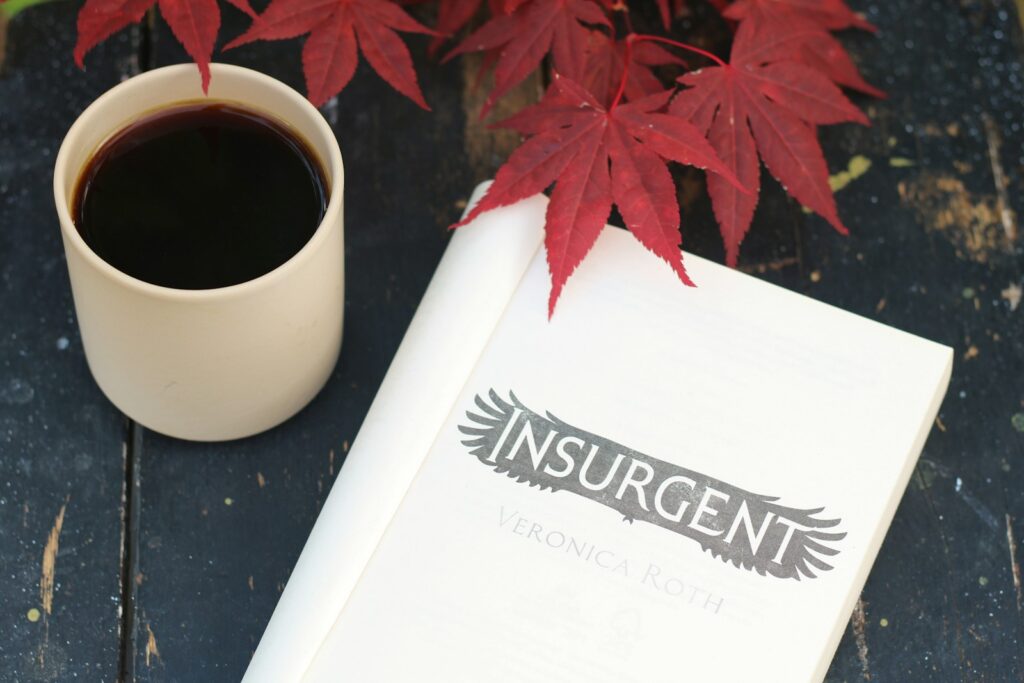Compassionate, Supportive Pain Care
Pain during cancer is personal and complex. At Primary Health Clinic, our approach to pain management for cancer patients begins with listening to your story, understanding your treatment plan, and identifying what matters most in your day. We provide supportive care that complements your oncology team’s work. We do not diagnose or treat cancer and we never claim a cure; instead, we focus on comfort, function, and confidence through gentle manual therapy and non-drug strategies tailored to your energy, schedule, and goals. Sessions move at your pace, with clear explanations and consent at every step. We help you track patterns, choose positions that ease discomfort, and build small routines you can maintain between visits. The goal is not perfection; it is steadier days, safer movement, and a sense of control.
Types of Cancer-Related Pain
Cancer pain can have multiple sources, and recognizing them guides safe, effective support. Nociceptive pain may come from surgical healing, scar sensitivity, or inflamed tissues. Neuropathic pain can feel like burning, tingling, or electric shocks and may be related to nerve irritation or chemotherapy-induced peripheral neuropathy. Bone pain may be deep and aching, and areas with low bone density or metastasis require special caution. Visceral pain from internal organs can be diffuse and cramping. Treatment-related pain may follow radiation, injections, or ports, and lymphedema can add heaviness and tightness. Because these drivers often overlap, we assess how pain changes with position, breath, and gentle movement. We coordinate with your oncologist about imaging findings, lab values, and precautions so our supportive care remains safe and aligned with your medical plan.
Coordinating with Oncology Teams
Great supportive care is a team effort. With your permission, we share concise notes with your oncologist, surgeon, radiation therapist, or palliative care clinician. We ask about platelets, neutrophil counts, medication changes, and any limits around recent procedures. Timing matters: on weeks when you feel fatigued after treatment, we keep sessions shorter and quieter; on steadier weeks, we may add light mobility or balance drills. We avoid direct pressure over ports or recent surgical sites, respect skin changes after radiation, and modify techniques if your bone strength is reduced. Our communication reduces duplication and confusion, helping you focus on what helps most right now. You remain the decision-maker; our role is to translate medical guidance into practical, comfortable steps you can use today.
Safe, Gentle Therapies & Activity Plans
Your plan emphasizes low-risk methods chosen for comfort and function. Gentle manual therapy may include light soft-tissue work, low-grade joint mobilization within easy ranges, and scar-tissue mobility when medically cleared. We may use lymphatic support techniques for swelling and teach positioning strategies that relieve pressure, like side-lying with pillows or seated forward support. Non-drug strategies include paced breathing, short movement snacks, and heat or cold as advised by your medical team. Activity plans are simple and achievable: a five-minute hallway walk, a few supported stretches, or basic sit-to-stand practice. We adjust dosage carefully to avoid flares and celebrate small wins that build momentum. Education is woven in, so you understand why each step matters and how to safely continue at home.
Managing Neuropathy, Joint Stiffness & Fatigue
Chemotherapy-induced peripheral neuropathy can make feet unsteady and hands clumsy. We teach desensitization techniques, light nerve-glide movements, and balance drills that start with firm support from a counter or wall. Footwear checks and textured insoles may improve feedback; home safety tips reduce tripping risk. For joint stiffness and muscle tightness, we emphasize gentle range-of-motion work, breathing with movement, and short, frequent bouts of mobility rather than long, exhausting sessions. If endocrine or targeted therapies cause joint aches, we use warm-up routines and light resistance bands to maintain strength without strain. Fatigue management centers on pacing, hydration, nutrition guidance from your care team, and the minimum effective dose of movement. Our aim is to help you do more of what matters with less crash afterward.
Mind-Body Strategies & Sleep
Pain and stress often amplify each other. We teach practical mind-body skills such as diaphragmatic breathing, progressive muscle relaxation, mindfulness exercises, and guided imagery you can do in five minutes. These tools help settle the nervous system, reduce muscle guarding, and make pain more manageable. Sleep quality is another pillar. We discuss a gentle wind-down routine, consistent wake times, helpful light exposure in the morning, and comfortable nighttime positioning with pillows. When nighttime pain interrupts rest, we explore a brief pre-bed mobility circuit, body scans, or journaling to unload worry. None of these replace your medical treatments; they add supportive care you can control, building resilience on hard days and reinforcing progress on better ones.
Safety Considerations & When We Refer
Your safety leads every decision. We screen for red flags that require urgent medical attention, including fever or chills, sudden severe headache, chest pain, calf swelling or warmth, new weakness or numbness, uncontrolled bleeding, shortness of breath, or severe unrelenting pain. We avoid deep or forceful techniques with low platelets, fragile bones, active infections, or areas of recent radiation. We never work over ports, fresh incisions, or irritated skin. If signs suggest spinal cord compression, fractures, blood clots, or infection, we refer immediately and pause care until cleared. We follow your oncology team’s precautions, adapt plans as labs change, and stop any method that increases symptoms. Supportive care is only helpful when it is safe, gentle, and aligned with your medical plan.
Insurance, Communication & Care Preferences
Many plans include benefits for rehabilitative or manual therapy services; coverage varies by insurer and state. We help you understand referrals, visit limits, and documentation. Our notes translate pain levels into functional goals your case manager can recognize: walking to the mailbox, preparing a simple meal, sleeping two extra hours, or showering with less assistance. Your preferences shape everything: from scheduling and session length to language, modesty, and boundaries around touch. We use plain explanations, invite questions, and adjust when something does not feel right. You choose the pace and we provide the path, with frequent check-ins to keep care centered on your values.
FAQs: Safety with Treatment, Visit Frequency, Coverage
- Is this a cure? No. Our services are adjunctive supportive care. We do not treat cancer; we focus on comfort, mobility, coping skills, and function while your medical team treats the disease.
- Is gentle manual therapy safe during treatment? When your oncology team agrees and precautions are clear, we use only light, non-provocative techniques and avoid restricted areas, ports, and irritated skin.
- How often should I come? Many people start with short weekly sessions, then taper as home strategies take hold. Fluctuations with treatment cycles are expected; we adjust accordingly.
- What about exercise? We use brief movement snacks and graded activity. The goal is to feel a little better after you move, not wiped out.
- Do you accept insurance? Coverage varies by plan. We can provide documentation and coordinate with your case manager or navigator.
- Can you work around bone fragility or lymphedema? Yes, with your team’s guidance. We avoid force, protect vulnerable areas, and use positioning and lymphatic-friendly strategies.
We’re Here to Support You
When pain steals energy and attention, you deserve patient, skilled help. Our role is to stand beside you with supportive care that respects your treatments, your boundaries, and your hopes. If you are seeking pain management for cancer patients that prioritizes gentle manual therapy and non-drug strategies, connect with Primary Health Clinic. We will coordinate with your oncology team, tailor each visit to how you feel today, and focus on small gains that add up. Reach out to schedule, ask questions, or simply explore whether this approach fits your goals. You are not alone; we are here to help you move, rest, and live with greater ease.






